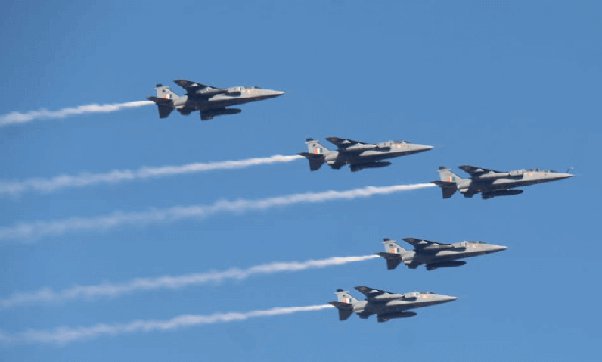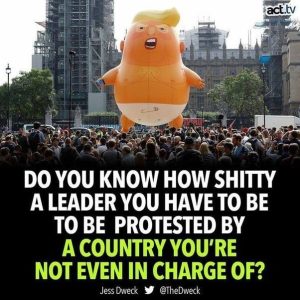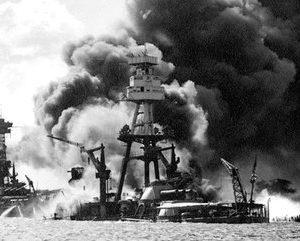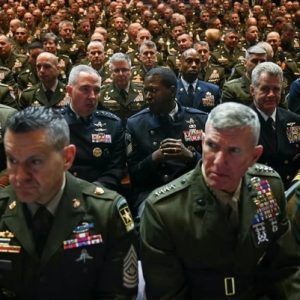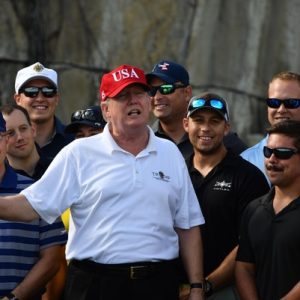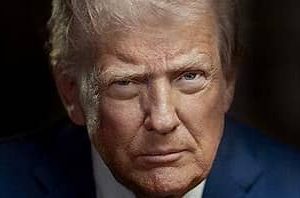I have visited China six times and have worked with Canadian, Overseas, H.K., Taiwan, Singaporean, and Indonesian Chinese. Where do you want me to stop?
China does not think much about the USA, the U.K., or other countries except for two. I observe that China thinks about only two countries; the rest of the world thinks not much.
Take this illusion of “old glory” and being a self-appointed sheriff of the world out and thump your chest: Me, Tarjan, you, Jane.
The following is a partial list of solid devotion, achievements, sacrifices, super discipline, extreme leadership, and vision for China and the Chinese.
- A country that is poised to be number one in the Economy.
- Presently, the country is one of the best countries in terms of gender parity.
- A country that has earned the title of the world’s factory.
- A country that has mastered the arts/science/engineering/technology of mass-scale productions.
- A country with advanced forces.
- A country that has almost wiped out illiteracy.
- A country that has almost wiped out drugs.
- A country that has almost wiped out violent crimes.
- A country that transformed itself into a very modern one.
- A country whose dreams are more significant than beyond imagination.
- A country with a frugal population and the most disciplined workforce.
- A country whose education standards match the highest of the world’s.
- A country whose public transportation is the world’s envy, safe/affordable and on time.
- A country that saved trillions of dollars not going on useless wars but invested in mind-boggling civil projects.
- A country where gender parity is one of the best in the world.
- In a country where women are relatively safe, they can walk alone in the middle of the night in cities like Shanghai and Beijing. \
- In a country where the law enforcement and legal system are NOT corrupt, justice is done quickly, and punishment is prompt.
A country that has almost wiped out hunger in her country. It is an achievement and a happy moment for the rest of the world, as 1/6 th of the world’s population is no one hungry—hats off to China.
The two countries they want to surpass are Japan and Singapore; China wants to surpass them to be model citizens, crime-free societies, innovation, great civic sense, punctuality, and highly high-quality products and services.
Oh, by the way, You do not want to know what they think about India. I have very close Chinese friends, and I know their feelings. “Dislike” is a powerful word; it is not on their priority list to discuss India or any other country.
However, they do have strong opinions about world affairs. And, of course, China teaches its kids/population to talk less and deliver more. Let your achievements do the talking. China aims to surpass the best of the best in every field.
I have worked with almost all nationalities of the work one way or another: There is zero comparison between Chinese and other nationalities. The Chinese workforce is a killing machine. All deliver and no waste of time.
My kids grew up and went to school/university with Chinese kids. We learned about intense competition, Chinese discipline at home, and the super importance of education, education, and more education. Chinese dad is not happy with his 99 percent score in mathematics. He is upset all day about what happened to one percent.
We know firsthand Chinese tenacity/conventional wisdom/frugality/hard work/: In school/university/if you are in Toronto North, my kids learned what the fight for the last drop of blood( means: academic rivalry and spots for the most prestigious programs. It motivates one of our kids To finish high school 2.5 to 3 years ahead of time; in those days in Ontario, there used to be grade 13. We have had those neighbours for close to forty years. And some of the moms still remember our kids. And ask what he is doing these days.
And you do not want to know what they think about the USA.
Let us move on: The next few centuries belong to China; I wish to make my grandkids learn Mandarin rather than another second European language to survive in the dawn of a new era.
Yes, English is essential; learn Mandarin, and they know our mother tongue, Punjabi.
China and the Chinese are not perfect: I wrote about the dark side of this topic five years ago.
A word of caution: China and the Chinese must not lose the direction of mega growth. However, like any extraordinary rise, there is always a time of no growth and a fall.
Are China and the Chinese perfect? No one except the Supreme is perfect.
I wrote an article about five years ago: The Dark Side of China and the Chinese.
Browse through the dark side of China and the Chinese.
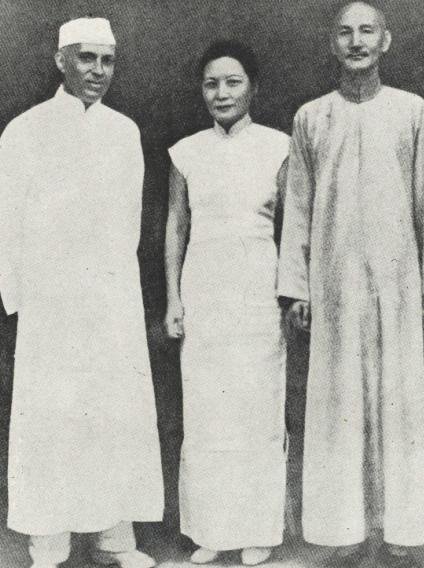
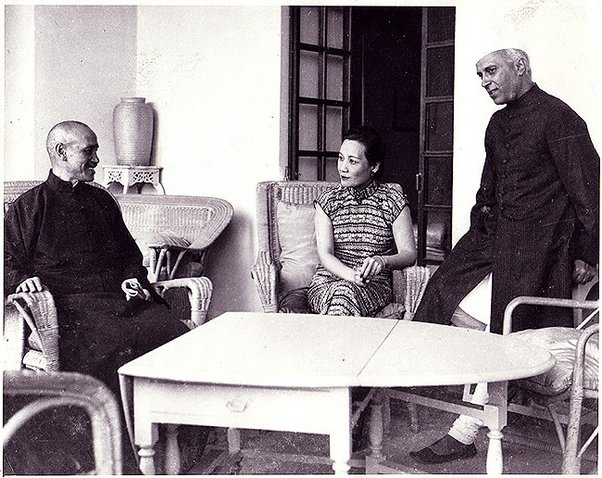
Prime Minister Nehru, Madame Chiang Kai-Shek, and General Chaig Kai-Shek, in both pictures.
China’s antagonism towards India can be viewed in three distinct phases, following the Communist take over in 1949. China in 1949, was a nation which did not share a common border with India. In fact China’s borders were more or less where they had been historically. The Chinese Communists led by Mao, had cooperated with the Nationalists in jointly fighting the Japanese Empire, which had overrun much of China. The period had seen brutality from the Japanese forces directed at Chinese civilians. The occupation came to an end at the end of World War II, and from there began a civil a war between the Communists and the Nationalist forces of Chaing Kai-Shek. The Communists had let the Nationalists do most of the heavy fighting against the Japanese and the Nationalist Forces now found themselves unprepared for another war. The Chinese Communists were receiving assistance from the Soviet Union and they could be supported via land routes. With the U.S. drawn into an emerging Cold war with the Soviet Union, and a deteriorating situation in Eastern Europe, the Korean peninsula, and the British Empire collapsing, the nationalists had far less support than they needed. They would withdraw in defeat to Taiwan in 1949, and here they have remained until the present day. Many in Taiwan have never given up the idea of creating a Republic of China and never accepted Chinese Communist ideology which in reality was never about creating a workers paradise, but rather creating the means to enable an expansionist policy both geographically and economically. Realizing at this time, that a friendly policy was needed with India, a series of diplomatic overtures were made to India. One of the first things done, was to not show the true face of their ideology. In fact it would be disguised, and the only person in the Indian Cabinet to see it was Sardar Patel.
Phase I
The first phase of Communist China’s diplomacy with India began by using India to pass messages to the United States during the Korean War. There were other options open, but they chose to use India. They had studied the most influential politicians in India. It was clear that these figures were influenced by idealistic visions. Ambedkar the writer of India’s Constitution had been influenced by both the United States and England. Mahatma Gandhi had been in England and South Africa. And, the most important figure in India in 1950, Prime Minister Nehru, had been in England, and China. In a relatively unknown personal history of Nehru that few today seem to be aware of, is that since his youth he had studied Chinese history, and to a great degree was an expert on Chinese Culture and Civilization. Prime Minister Nehru had traveled to China in 1939. His trip had been cut short by the outbreak of World War II. He had met with Chinese Nationalists, and he sympathized with their plight of fighting the Japanese, against ever increasing odds. He saw China in the same light as he saw India, as an Ancient Civilization which had nearly been destroyed by Western powers and in this weakened state China, now was fighting another invading Imperial Power in form of Japan. He believed that both India and China, had been kindred spirits and natural allies. For nearly 1500 years Ancient China had sent it’s students to study in Indian Universities. China had been far more influenced by India than the other way around. Chiang Kai-Shek, the leader of China’s nationalists was very much interested in pursuing an alliance with India. For Nehru the defeat of Chiang Kai-Shek should have put an end to his dream of an Indian-Chinese alliance of magnitude.
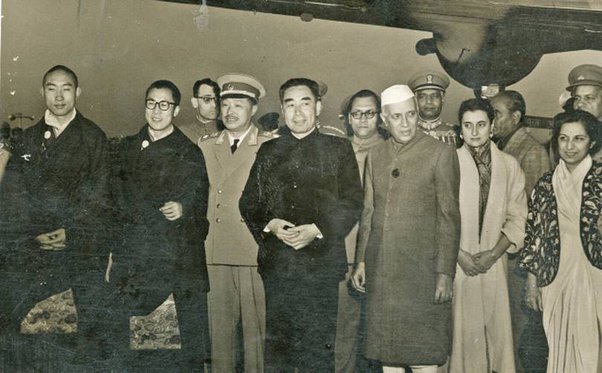
Prime Minister Nehru and Daughter Indira Gandhi, receiving Zhou Enlai, the Dalai Lama and the Tibetan Delegation at Delhi’s Palam Airport November 28, 1956.
In 1950, Mao and his second in command Zhou Enlai would put on the facade that this great Alliance was part of their agenda as well. As China invaded Tibet in 1950, India would be the first nation in the world to learn about the acts of brutality the Chinese Communists were committing. China needed India to stay out of this affair, and diplomatic visits were frequent. Tibet would be portrayed as being liberated from an age of enslavement to a new Communist Utopia. The reality was, that Tibet was simply being brutalized, and it’s rich mineral resources were needed to push forward China’s rapid industrialization. Both economic and military power was needed, to fulfill the nationalist agenda, which was cloaked in Communist guise. In 1954 Zhou Enlai would come to visit Prime Minister Nehru personally, and reassure him that China had no intentions of taking any Indian territory. Yet, while he communicated this message, China already was planning on building a highway directly through Indian Ladakh. By 1956–57 this road would be completed.
In the meantime Prime Minister Nehru would visit China, and millions of people were lined to welcome him. From those who witnessed this event from the Indian delegation, the comments even decades later would be that there was not even the sight of security nor military. It was a convincing show, that the popularity of Mao was greater than the outside world suspected. In fact, what was shown, was a China which appeared to be free. It was almost enough to make even the doubters in India’s upper echelon of government to think twice about their opinion on China.
The rendition did not last and in 1956 Zhou Enlai returned to India with a Tibetan delegation. The show was not just for India, but for the world. It still was a time when China’s diplomatic abilities were very limited. The U.S. did not recognize the Chinese Communist Regime, and the Soviet Union was beginning to reassess China. The largely Indian created Non-Aligned Movement was having incredible success. While not yet apparent to much of the world, the Soviet Union was more accepting of the Non-Aligned Movement’s core principle of Peaceful Coexistence as this at the very least was not a threat to the Soviet Union. The Soviet Union saw this movement as a mechanism it could use to gain influence in the world of former colonized nations. The fact that these nations were not aligning themselves with the West created a balance by which it in turn could use as diplomatic leverage with the U.S. as to then not spread Communist Revolution on the scale it could have at this point in time. This was viewed by the Chinese Communists as a weakening by the Soviet Union. China’s ideological tension with the Soviet Union grew to the point that by 1958 the Soviet Union was abandoning technical assistance to China. The U.S.S.R. had no intention of being criticized by revolutionaries it had armed, supported and paved the road which had led to their being in power.
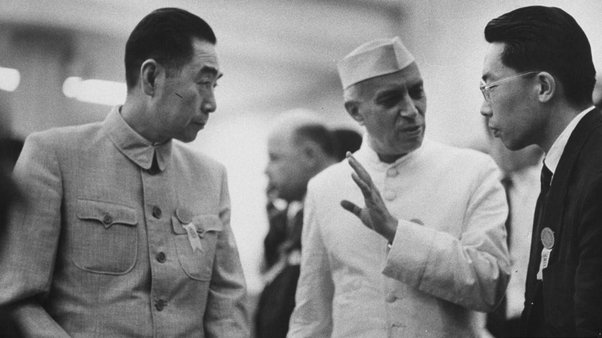
Prime Minister Nehru and Zhou Enlai
Zhou Enlai, would not of course discuss the issues of China’s worsening ties with the Soviet Union. In fact he wanted the world to see that China was in fact treating Tibet with great humanity. The Dalai Lama was part of his delegation, and he would manage to run off, and talk to Prime Minister Nehru directly for some moments. He would tell India’ s Prime Minister to not believe what Zhou Enlai was stating. Prime Minister Nehru still advised him to return to Tibet. It seems that the Dalai Lama was trying to ask for political asylum at that very moment in time. Prime Minister Nehru would ask to visit Tibet shortly thereafter, the Chinese Regime denied this request. At this point Prime Minister Nehru realized that Sardar Patel may have indeed been right, though the exact words from this conversation from 1950 have been lost in time, the letter does survive and more or less he stated that the Chinese Communists had interests which ran down the slopes of Himalayas into India.
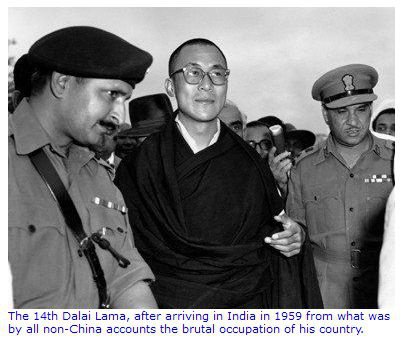
In 1959 the Dalai Lama would cross into India as a refugee, multitudes of Tibetan refugees would follow. The Chinese Communists would become enraged at this. They would lay the blame on India, rather than the fact that this was a humanitarian crisis. Prime Minister Nehru, could not deny asylum for the Dalai Lama as public opinion would have been against it. At the same time, India had cultural ties to Tibet which simply could not be ignored. Border tension increased and Nehru though at one level believed there could be war, would soon believe that such a possibility was remote as the terrain too difficult and the transport of equipment nearly impossible through Tibet for China. The factor he did not weigh properly at this time was an idea he seemed to have known about.
Phase II
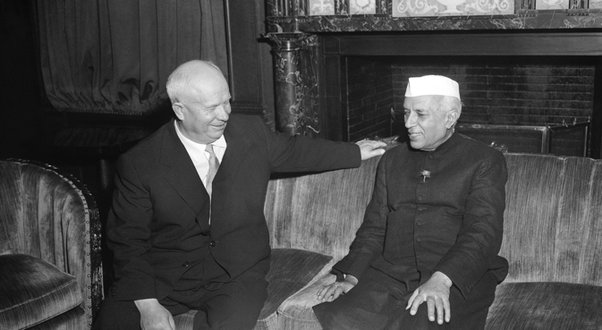
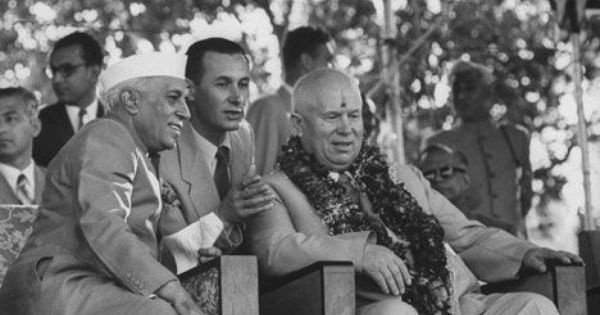
Prime Minister Nehru and Soviet Leader Nikita Khrushchev
China’s Communist regime was facing a major crisis with the Soviet Union. Nehru knew this to be true because he was surprised just how much assistance the Soviet Union began offering India. India was not a Communist Nation, but it was getting technical assistance at the same level China had received years before. What China wanted, was a return to the old order. The Soviet Union was negotiating the U.S. at many levels, and though appearing to be inflexible, was actually creating a somewhat peaceful coexistence with the west. One way the Chinese Communists saw to get back to old order was to attack India, and push India towards the United States. This action would force the Soviet Union back towards China and possibly harden it’s stance towards the U.S. once more. At the same time this would put to an end India’s Non-Aligned Nation influence. In such a way, China would emerge as the dominant player in Asia and eventually what had been formerly non-aligned nations. The attack on India in 1962, was less about the border and more about establishing China’ s hegemony. The idea of having a limited military engagement against India, while minimizing it’s own risk, was done under the cover of the Cuban Missile Crisis. A prolonged war was never in the cards as China could not wage one in 1962 against India.
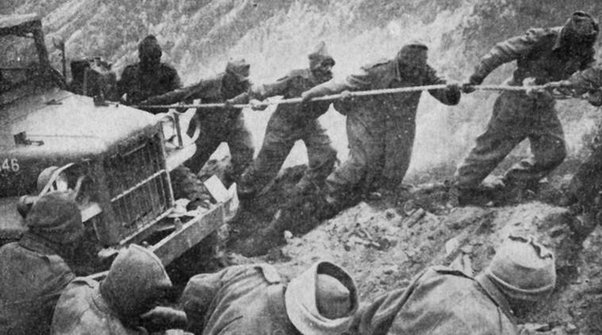
Sino-Indian War, 1962. Indian Troops struggle in the inhospitable terrain.
The calculation worked to give China a victory, but failed at two greater levels. The Soviet Union increased cooperation with India, and India did not abandon the Non-Aligned Movement. The reality is that, India would become an Atomic Power and would in 1971 become the dominant power in South Asia after defeating Pakistan in a two front war. India would continue with a closed economy longer than China, simply because in the 1970s, India was economically doing better than China.
Phase III
For China, a failed cultural revolution and famines continued into it’s modern era. For India, famines ended after 1947. China’s Communist reforms did not lift China’s living standards to a great extent. It would actually be the Nixon-Kissinger doctrine which would lift China’s fortunes and not the Communist Party. The idea that the Communist World could be split if China were made capitalist was created by the U.S. in 1970. The massive investment by the U.S. in China would entail creating China’s manufacturing ability, and providing it access to Western Markets. The idea was marketed as increasing American Corporate Profits and turning one billion Chinese into consumers. The idea never took into account the de-industiralization of the United States nor the possibility that China would not become a Democratic nation nor abandon plans of expansion. In fact the plan ensured that China remained Communist. For just as the Soviet Union collapsed by the economic mechanisms the U.S. so successfully enforced, China gained access to capital it never could have had. The Communist regime could now take credit for transforming China into a modern nation, and at the same time create an image of enlightened reform. The truth is that nothing changed but the resources available. In 1996, Hong Kong would be returned to China. And here China’s G.D.P. would increase by 33% overnight.
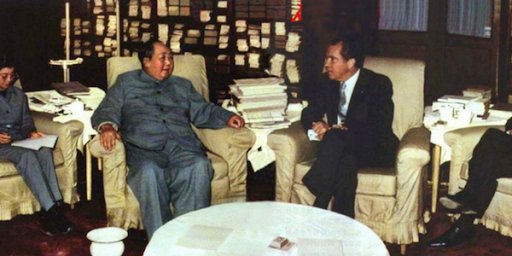
President Nixon, and Chinese leader Mao. The opening of China.
For India, the path to development has been much more difficult. India never offered a plan to build it’s manufacturing base and to buy it’s output. Instead India, would have to deal with a Pakistan which was partitioned out of India for Geopolitical Interests. Pakistan would be supported by the U.S. and Britain for nearly 60 years, and at the same time by China since 1962. The border with China would never be secure again after 1962, and here India has only recently begun to build China like infrastructure. The fact that border is finally being solidified is a sign that India has come of age as a power. China will react to this proposition and once more try to create an image of black and white simplicity, by trying to group India with the U.S. as it did before. But, this game does not work anymore. It was China which turned on it’s mentor the Soviet Union, and now became at odds with United States. Both the U.S.S.R. and the U.S. only benefited China economically. The allies which China has maintained are Pakistan and North Korea. The idea of creating Hegemony is a greater driver for China’s Communist Party, than creating any form of peaceful coexistence. China and India though both victims of colonialism, embraced two very different paths for the regaining their historic place in the world. The idea of these paths connecting is very remote, the friction is likely to increase in the decades ahead. But, with this reality it can also be seen, that the result of the Communist Party is looking for will not come about with India. For just as much as they think they know India, they really do not. India will continue to develop create new relationships and maintain beneficial relationships with the world. No scenario is finite for India. For a civilization which is not static can never be sidelined, nor driven to irrelevance.
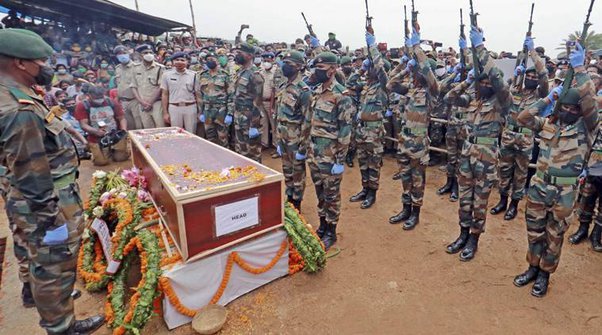
Indian Causality in the recent attack on unarmed Indian Border Troops by the P.L.A. on June 15–16, 2020.

